Our origin-of-life research focuses on probing the transition between geo- and biochemistry on the early Earth and beyond, and on unveiling the universal laws of living systems. On the space sciences side, we particularly focus on biosignatures for the exploration of the Solar System and on advancing technologies for human space habitation. We are experts at tackling interdisciplinary ideas ideas and translating them to laboratory setups, with a not so small dose of mathematical modeling. For a complete list of our publications, please check Google Scholar. You can read more about our current projects below:
1. Abiotic nucleotide polymerization


This research involves experimenting with non-enzymatic polymerization of nucleotides under aqueous conditions. While past research suggests this process unfavorable, it occurs easily in cells through enzymatic activity. We are investigating a similar abiotic mechanism for RNA oligomers by examining the catalytic properties of an FeS mineral. Iron sulfide minerals are known to promote a range of prebiotic reactions and would have been present in marine hydrothermal systems during the Hadean eon. Additionally, the natural pH and redox gradients at alkaline hydrothermal vents can enhance the synthesis and complexity of organics. We simulate these conditions using microfluidics, which allow precise control over reaction parameters. This research will help us understand how complex organic molecules, like RNA, could have formed in a natural setting. This knowledge could advance our understanding of early life processes, and how it emerged.
Currently working on this research: Gabriella Garza
2. Nanoparticle sensor for respirable Lunar dust


We have been working on optimizing the conditions required to simulate prebiotic earth in hopes of proving a theory of the Origin of Life and inching closer to a clear definition of Life. Simulating a non-enzymatic catalyzation with FeS for the polymerization of nucleotides in submarine alkaline hydrothermal vents requires anoxic conditions that I have ensured to the best of my ability. The simulation is prepared in an inert atmosphere, housing a natural pH gradient under a microfluidic setup, this setup uses the properties of liquids in the micro-scale to utilize Laminar flow, reduce any mixture of liquids, and maintain the pH Gradient. Our role relies on the aftermath of the reaction, quantifying the adsorption of the nucleotides unto the catalytic mineral, utilizing Raman spectroscopy, Nuclear Magnetic Resonance, Scanning Electron Microscopy-Energy Dispersive X-ray spectroscopy, and UV-Vis spectroscopy. We have subsequently focused on the reaction of CO2 with Fe in cryo-thermic environments to simulate the production of Formic acid in Prebiotic glacier movement. Future projects entail the analysis of Titan’s organic aerosol haze known as “Tholins” and the analysis of lunar regolith to restrict human contact during lunar base construction and fieldwork.
Currently working on this research: Mauricio Berazaluce
3. Heredity and evolution in protocells

Research has unveiled cell components, yet their origins and assembly remain mysteries. The gene-centric “RNA World” hypothesis has been pivotal, suggesting life began with self-replicating RNA molecules that evolved to perform all biological functions. This hypothesis highlights the need for a hereditary mechanism, foundational for evolution. However, it’s unproven due to the absence of a de novo RNA replicator in laboratory conditions. An alternative, the “metabolism-first” hypothesis, proposes life started from autocatalytic reaction networks, not from singular RNA molecules. These networks, increasing in concentration collectively, might have enabled the first replicators to pass on information through chemical compositions, including the molecular makeup of lipid membranes, suggesting a different form of inheritance before genetic biopolymers became the primary information carriers. This project assesses heredity limits in vesicle-based protocells and aims to engineer molecular systems, focusing on liposome production. We explore how self-assembling lipids might have driven the reproduction of early cellular structures, providing insights into life’s origins aligned with the metabolism-first perspective. Our findings, which will include which lipids form the most stable vesicles and an image-recognition algorithm for vesicle analysis, aim to illuminate the early stages of biological evolution and Darwinian principles sans DNA.
Currently working on this research: Myrine Barreiro-Arevalo, Kiara Perez, Shelby Lopez, Nolan Salinas
4. Boreas: Planetary Simulations
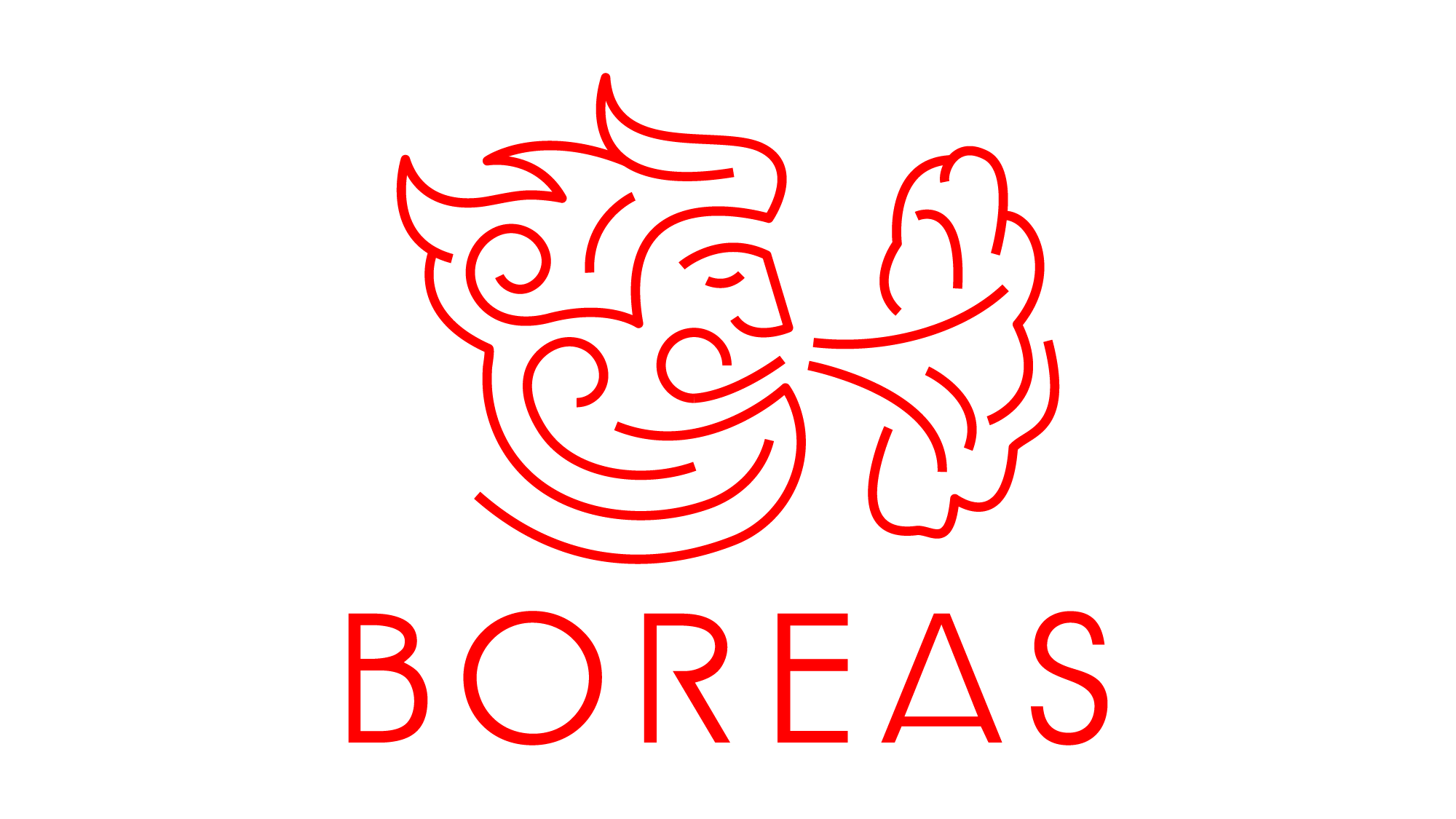
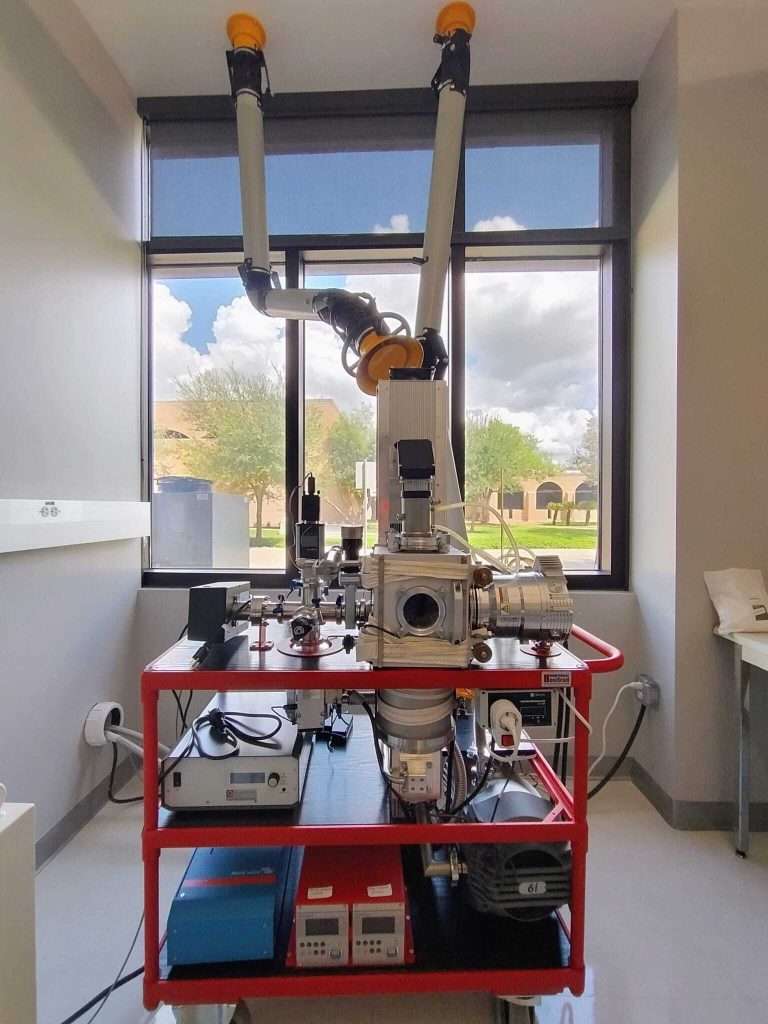


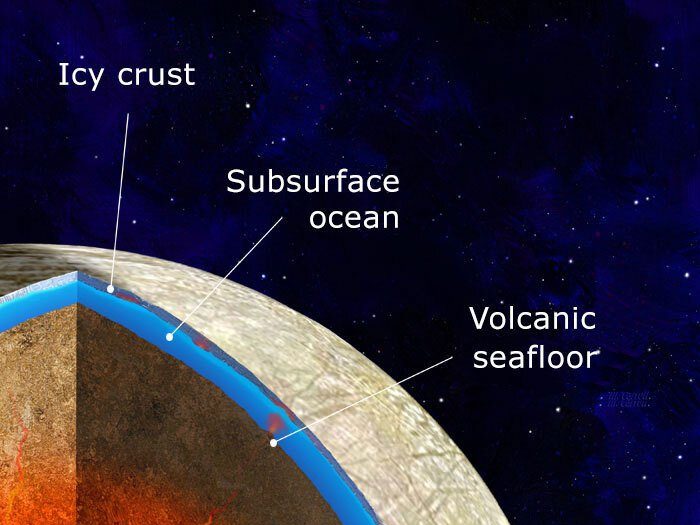
The Europa surface simulation project involves utilizing a closed environment ultra-high vacuum system to study the surficial chemistry of Europa. The planetary simulator, Boreas, uses cryogenic techniques to replicate the extreme environment of Europa and its surface.
We are providing the system with organics and complimentary inorganics, each reflecting our current understanding of Europa’s surface chemistry, depending on whether they are accretionary materials or of exogenous delivery. The surface maturation of these materials is monitored by tracing the changes in each type of organic through an RGA mass spectrometer and a Raman spectroscopy surface analyzer. A Xenon lamp is used to irradiate the samples simulating solar radiation on Europa.
Ice physics plays a major role in the evolution of complex organic molecules on the icy surface of Europa and our final ice samples are studied using Raman Spectroscopy. The combination of this low-pressure, low-temperature, and high-radiation environment setup mimics Europa’s radiation-driven chemistry and surface processes. Our aim is to generate a chemical roadmap of Europa’s surface, linking real-world detections made by Europa Clipper of matured organics to their original starting material, thereby determining their origin.
Currently working on this research: Ilankuzhali Elavarasan, Andrea Aldaba, Dulce Castillo
5. Evolution of organics on Mars
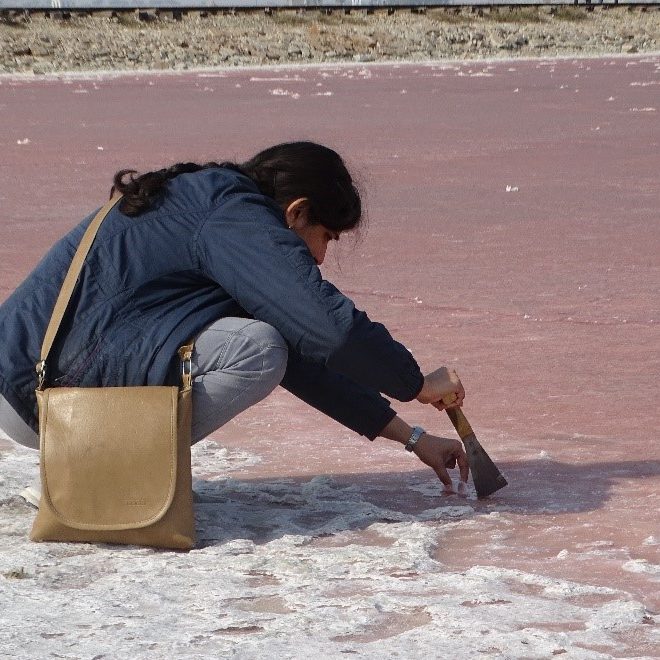
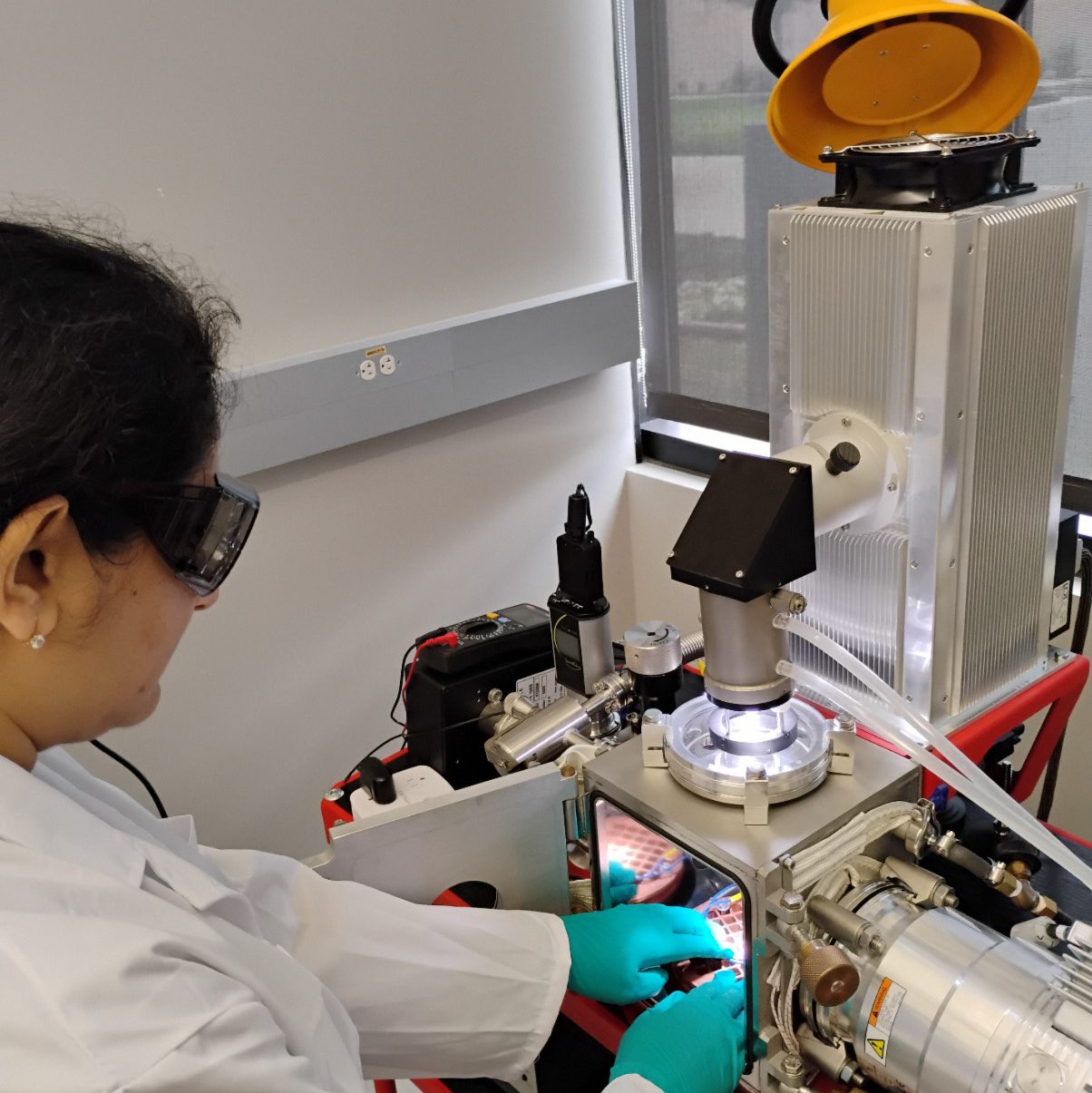
In this project we aim to expose organics to combinations of temperature, pressure, radiation, and mineral matrices to investigate how they degrade, transform, or persist over time. These experiments aim to uncover the chemical resilience of potential biosignatures and their survivability under Mars-like conditions.
Through laboratory simulations, we seek to bridge the gap between detected organics on Mars and their possible precursors or degradation products. This work supports the interpretation of current and future mission data, especially from instruments targeting organic compounds. It also informs how such molecules may be preserved in Mars analog environments on Earth, offering comparative insights into early habitability on both planets—and potentially beyond.
Currently working on this research: Deepali Singh
6. Thioester to Prebiotic Amphiphiles simulating AHVs
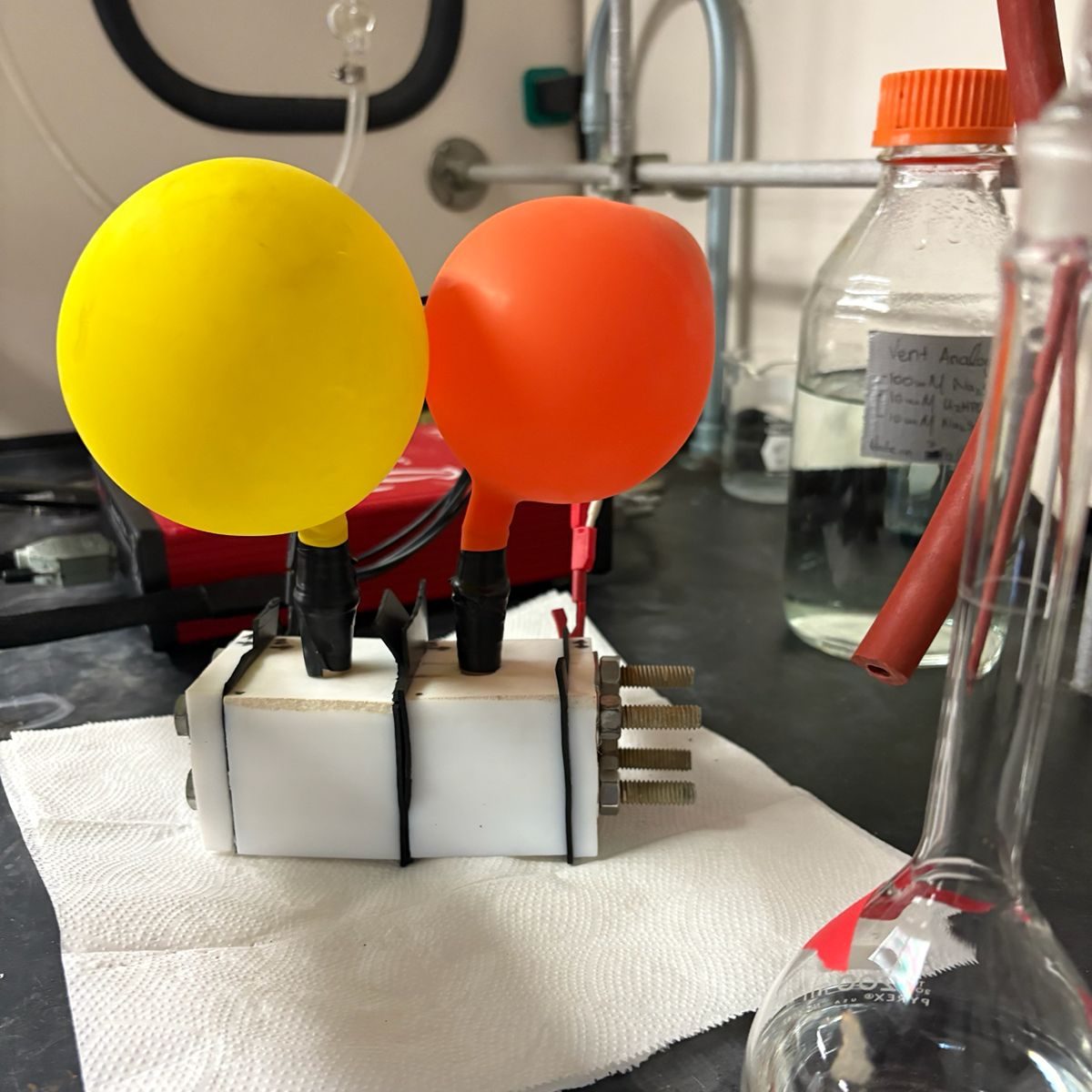
Details about life’s emergence have been limited due to the lack of solid evidence of the conditions of early Earth. Without the complete context surrounding the mystery of life’s first steps, biological processes is a source of reference to understanding what could have led to life on Earth. The most ancient CO2-fixation pathway is the Wood-Ljungdahl pathway (WLP), significantfor its use of oxygen-sensitive enzymes and the direct synthesis of acetyl-CoA – the hub of metabolism. Acetyl-CoA is central in metabolism across all life because acetyl-CoA sits at the crossroad between energy metabolism or carbon metabolism for three macromolecules of life. Acetyl-CoA is not the only clue into thioester incorporation into life. There is an evident theme when comparing all forms of life: thioesters are deeply embedded in metabolism, seen by many thioester intermediates in energy and carbon metabolic processes, such as the TCA cycle. The universality of thioester chemistry rooted into metabolism suggests it played a critical role in protometabolic networks that led to life’s first steps.
Alkaline hydrothermal vents (AHVs) have been proposed as a plausible setting for the origin of life because the geochemistry mirrors reactions significant to the Wood-Ljungdahl pathway. CO2 reduction is driven by H2 oxidation, analogous to the Wood-Ljungdahl pathway. Additionally, the oxygen-sensitive enzymes significant to the Wood-Ljungdahl pathway resembles the minerals, like predicted to be abundant on early Earth, responsible for the catalysis of reactions that led to formation of protometabolism. With the similarities between AHV chemistry and the Wood-Ljungdahl pathway, AHVs pose as a promising setting for protometabolic chemistry and, eventually, the emergence of life. This project seeks to bridge the gap between biological and geoelectrochemical processes by simulating alkaline hydrothermal vent chemistry under anoxic conditions. For the preliminary steps of the project, electrochemical cells are being used to simulate the physical separation between the oxidation and reduction of H2 and CO2, respectively. After the preliminary steps, the project will potentially utilize microfluidics to simulate the separation of the redox reaction between H2 and CO2 while also incorporating the mineral barrier that separates the two half-reactions.
Currently working on this research: Kaelyn Calma
